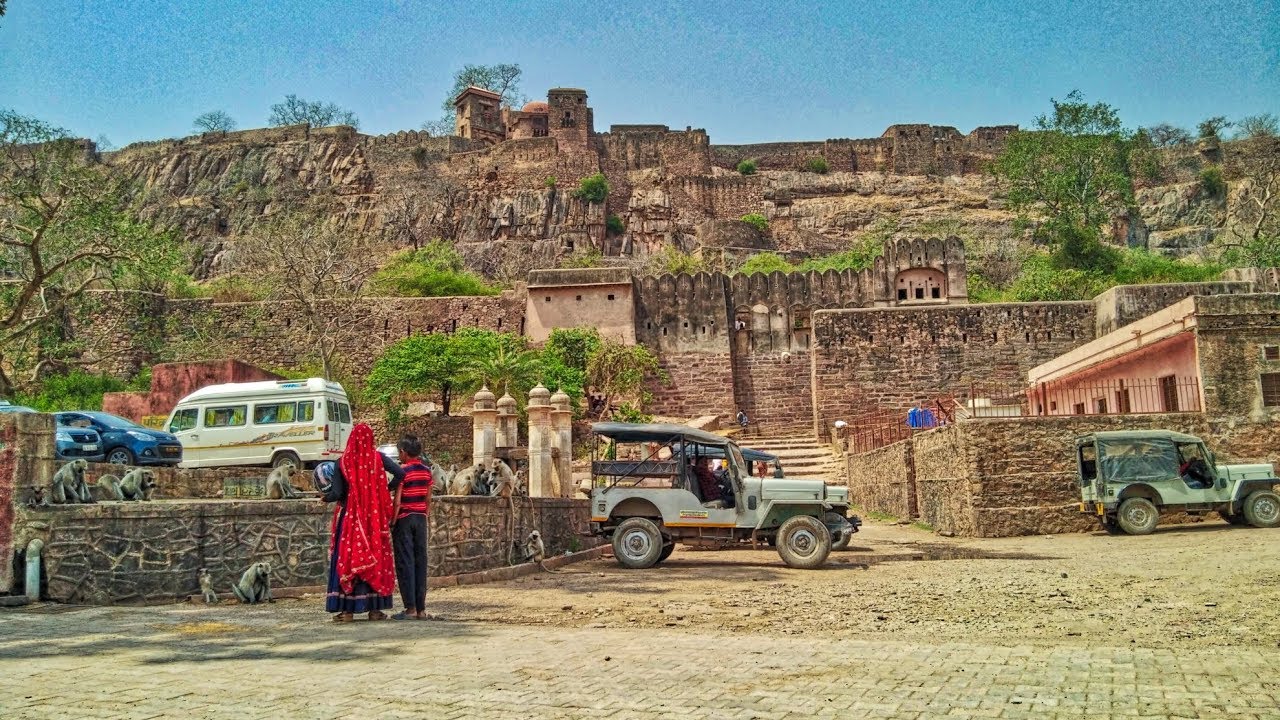Tucked away in Rajasthan’s Sawai Madhopur district, Ranthambore National Park is one of India’s top wildlife destinations, known especially for its majestic Bengal tigers and raw natural beauty. Once a royal hunting ground for the Maharajas of Jaipur, it has now become a protected reserve that attracts nature lovers, wildlife photographers, and adventure seekers from across the globe. The park is a thrilling mix of dry deciduous forests, ancient ruins, and wide grasslands – home to not just tigers, but also leopards, jackals, sloth bears, crocodiles, and birds. What makes Ranthambore even more unique is the presence of the historic Ranthambore Fort, a UNESCO World Heritage Site, perched high above the forest with sweeping views and stories from Rajasthan’s regal past. To make the most of your trip, it’s important to plan ahead. Knowing the best time to visit and how to book your safari in advance can make all the difference. This guide covers it all, so you can enjoy your Ranthambore adventure without missing a thing.
Best Time to Visit Ranthambore
The park is open from October to June, and the best time to visit depends on what kind of experience you’re looking for.
- October to February: These months bring pleasant weather with cool mornings and mild afternoons, making it ideal for first-time visitors and families. It’s also great for birdwatchers, as many migratory species arrive during this time.
- March to May: If spotting tigers is your top priority, this is the best time to visit. The dry heat forces animals to gather around water bodies, increasing the chances of sightings. While it can get quite hot during the day, early morning and late afternoon safaris are rewarding.
- June to September: The park remains closed for most of the monsoon season to allow the forest to rejuvenate. However, buffer zones like Jhirna and Dhela sometimes remain open, offering a quieter safari experience.
Understanding Safari Zones in Ranthambore
The park is divided into 10 safari zones, each offering a slightly different experience in terms of landscape, crowd levels, and wildlife visibility. Zones 1 to 5 are considered core zones, while 6 to 10 are buffer zones, but all are managed by the Forest Department and offer equal chances of tiger sightings.
- Top zones for tiger sightings: Zones 2, 3, 4, and 6 are often favoured by guides and regular visitors because of the frequency of sightings and scenic routes. Booking the right zone can greatly enhance your safari. Each zone has a limited number of jeeps and canters allowed, so it’s wise to book well in advance.
Ranthambore Safari Booking Tips
One of the most important steps in planning your trip is booking your safari. It’s strongly recommended to use Ranthambore online safari booking to secure your spot in advance.
- How to Book: Visit an authentic tourism website or trusted third-party platforms for the online safari booking process. You’ll need to select your preferred zone, date, time slot (morning or afternoon), and type of vehicle (jeep or canter).
- Booking timeline: You can book safaris up to 90 days in advance. For weekends and peak months (March–May), it’s best to book as early as possible.
- Required documents: Keep your valid photo ID (Aadhar card, passport, or driver’s license) ready while booking. You’ll need to provide names, ages, and ID details for all travelers.
Types of Safaris Available
When it comes to exploring Ranthambore, you have two main safari options:
- Jeep Safari (6-seater): This is the preferred option for wildlife enthusiasts and photographers. Jeeps are faster, quieter, and can manoeuvre through narrow jungle trails. You can book a private jeep or opt for a shared ride.
- Canter Safari (20-seater): These are larger open buses ideal for group travellers and those on a budget. While canters cover similar zones as jeeps, they are less flexible in movement.
Cost and availability: Jeeps are generally more expensive and get booked quickly, especially in peak seasons. Canters are easier to get but may not provide the same intimate jungle experience.
